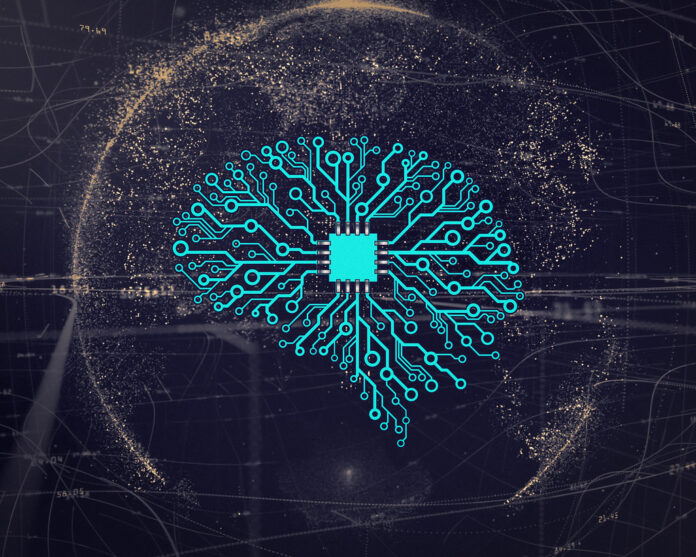Introduction to Reinforcement Learning
Reinforcement learning (RL) is a type of machine learning where an AI agent learns to make decisions by interacting with an environment. Unlike supervised learning, RL does not rely on labeled data but instead learns through trial and error, receiving feedback in the form of rewards or penalties based on its actions.
Basics of Reinforcement Learning
Agent, Environment, and Actions
In RL, an agent interacts with an environment by taking actions based on its current state. The goal is for the agent to learn a policy—a strategy for choosing actions—that maximizes cumulative reward over time. The environment responds to the agent’s actions by transitioning to a new state and providing rewards or punishments.
Key Concepts in Reinforcement Learning
Reward Signals and Reinforcement
Rewards are crucial in RL, as they indicate the desirability of actions taken by the agent. Positive rewards reinforce behaviors that lead to favorable outcomes, while negative rewards discourage undesirable actions. Reinforcement learning algorithms optimize the agent’s policy by maximizing expected long-term rewards through exploration and exploitation.
Applications of Reinforcement Learning
Game Playing and Robotics
RL has demonstrated success in mastering complex games like Go, chess, and video games, where the agent learns optimal strategies through repeated gameplay and self-improvement. In robotics, RL enables autonomous systems to learn tasks such as navigation, manipulation, and object recognition in dynamic environments.
Recent Advancements in Reinforcement Learning
Deep Reinforcement Learning
Recent advancements in deep learning have propelled RL with the development of deep reinforcement learning (DRL) algorithms. Models like Deep Q-Networks (DQN), policy gradient methods, and actor-critic architectures have achieved breakthroughs in learning from high-dimensional sensory inputs, enhancing performance in challenging environments.
Multi-Agent Reinforcement Learning
Multi-agent reinforcement learning extends RL principles to scenarios where multiple agents interact with each other and their environment. Applications include collaborative robotics, multiplayer games, and decentralized systems where agents learn optimal coordination and cooperation strategies.
Future Directions of Reinforcement Learning
Generalization and Transfer Learning
Future advancements in RL aim to improve the agent’s ability to generalize knowledge across different tasks and environments. Transfer learning techniques enable agents to leverage previously learned skills and adapt them to new domains, accelerating learning and deployment in real-world applications.
Ethical Considerations and Safety
As RL applications scale in complexity and autonomy, addressing ethical considerations such as safety, fairness, and interpretability becomes crucial. Research efforts focus on developing robust, ethical frameworks and governance policies to ensure responsible deployment of RL systems.
Conclusion
Reinforcement learning represents a paradigm shift in AI, enabling agents to learn complex behaviors and make decisions autonomously through interaction with environments. From game playing and robotics to finance and healthcare, RL’s ability to learn from experience and optimize performance offers transformative opportunities across industries. As research continues to push the boundaries of RL capabilities, its impact on technology and society is poised to grow, driving innovation and unlocking new frontiers in artificial intelligence.





